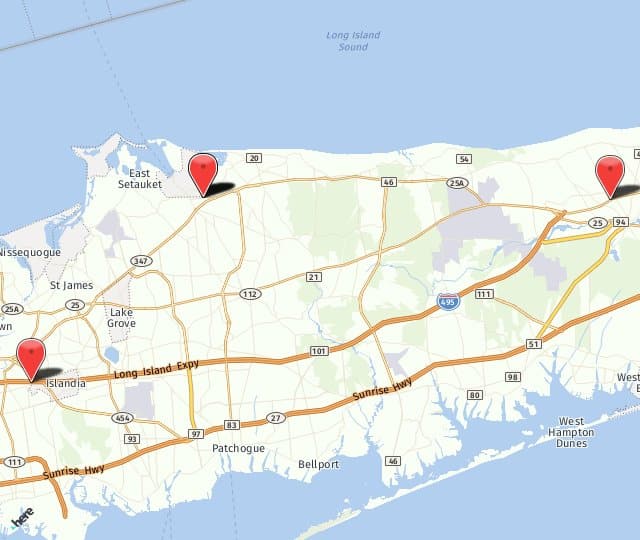An aortic dissection occurs when the inner wall of the aorta tears, creating two channels: one in which blood continues to flow and another in which its flow is stopped. The aorta is the major artery that brings blood from the heart to the rest of the body. The danger of the dissection is that the dysfunctional channel may enlarge, creating pressure on the functional channel and reducing blood flow, possibly causing a ballooning of the large blood vessel. Such an abnormal ballooning is known as an aneurysm. If an aneurysm ruptures, the resulting hemorrhage is life-threatening.
Risk Factors for an Aortic Dissection
While the precise cause of an aortic dissection is not known, risk factors for the disorder include:
- Aging
- Atherosclerosis
- Traumatic injury of the chest
- Hypertension
- Connective tissues disorders
- Surgical heart procedures
- Pregnancy
- Blood vessel inflammation
Aortic dissection can occur in anyone, but most frequently occurs in men between 40 and 70 years of age.
Symptoms of an Aortic Dissection
Typically, the first symptom of an aortic dissection is severe pain, usually in the chest, and is often mistaken for a heart attack. The pain may sometimes occur elsewhere in the body, particularly in the abdomen, shoulder neck, jaw or hips. Other symptoms of an aortic dissection may include:
- Weakness, dizziness, fainting
- Anxiety
- Pallor, sweating or abnormally dry skin
- Nausea and dizziness
- Dry mouth and thirst
- Rapid, weak pulse
- Shortness of breath
Most symptoms of an aortic dissection result from a decrease of blood flow to various parts of the body. Swallowing difficulties may also be experienced due to unusual pressure on the esophagus.
Diagnosis of an Aortic Dissection
It may be difficult to diagnose an aortic dissection since the symptoms are so similar to those of other cardiovascular events. Diagnostic imaging tests are required to differentiate the disorder. Most commonly, an MRI is used, but other tests may be necessary, including:
- Chest X-rays
- CT angiogram
- Echocardiogram
- Transesophageal echocardiogram
- Doppler ultrasound
Blood tests to rule out a heart attack are also required.
Treatment of an Aortic Dissection
Treatment of an aortic dissection may vary, depending on which part of the blood vessel is affected. An aortic dissection of the ascending aorta must be corrected surgically, while minor dissections in the distil, or descending, aorta may be left to heal on their own. In all cases, hypertension must be controlled with medication. Speed is essential in treating an aortic dissection in order to avoid blood vessel rupture. For at least 2 years following an aortic dissection, patients must be monitored closely since they are still at risk.

